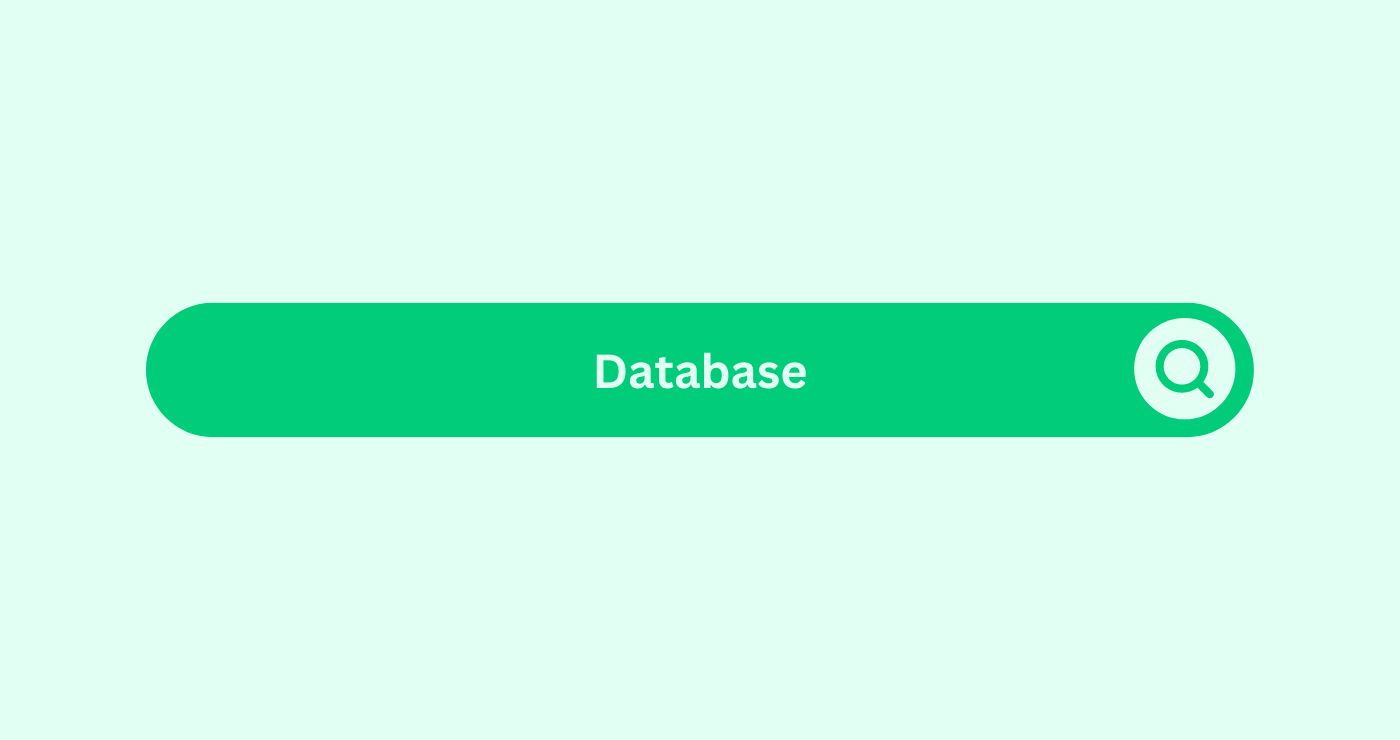Definition
A database in social mediaWhat is Social Media? Social media refers to online platform... marketing is a structured collection of data that is stored, organized, and managed to support various marketing activities and strategies. In the context of SEO and digital marketing, databases are essential for storing large volumes of data collected from social mediaWhat is Social Media? Social media refers to online platform... interactions, user profiles, campaignDefinition An SEO campaign involves focused, Organised effor... performance, and customer engagementDefinition Engagement in content marketing refers to the deg... metricsWhat are Metrics in the context of SEO? Metrics in SEO refer.... This data is then analyzed to gain insights, optimize marketing strategies, and improve customer targeting.
How you can use Database
SEO uses databases to store and manage website data, such as content, metadata, user interactions, and performance metricsWhat are Metrics in the context of SEO? Metrics in SEO refer.... example, a website’s database can store information about each webpage, including its URL, title, meta tagsDefinition Meta tags are crucial in social media marketing t..., content, and backlinksWhat are backlinks in the context of SEO? Backlinks, also kn.... This data can then be queried and analyzed to optimize website performance, improve search engine rankings, and enhance user experience.
Key Takeaways
- Data Organisation: Databases organize data logically for efficient retrieval and management.
- Data Retrieval: With database queries, users can retrieve specific information from large datasets quickly, allowing for targeted analysis and reporting.
- Data Integrity: Databases enforce integrity for accurate, reliable information, minimizing errors.
- Scalability: Modern databases scale well to handle increasing data and user demands without performance loss.
- Security: Database systems incorporate robust security features, such as access controls, encryption, and authentication mechanisms, to safeguard sensitive data from unauthorized access and cyber threats.
FAQs
What is a relational database?
A relational database is a type of database that organizes data into tables with rows and columns, where relationships between data entities are defined using keys. Examples include MySQLDefinition Web developers often use MySQL for storing and ma..., PostgreSQL, and Oracle.
What is SQL, and how is it used in databases?
SQL (Structured QueryIn the realm of SEO (Search Engine Optimisation), a query re... Language) is a standard programming languageDefinition A programming language consists of instructions t... used to interact with relational databases. It allows users to perform tasks such as querying data, inserting new records, updating existing data, and deleting records.
What is a NoSQL database?
NoSQL (Not Only SQL) databases are non-relational databases that offer flexible data models for handling unstructured or semi-structured data. They are commonly used for applications requiring high scalability, performance, and flexibility, such as big data analyticsDefinition Big Data Analytics refers to the process of colle... and real-time web applications.
What is database indexing, and why is it important?
Database indexingDefinition Indexing in content marketing involves search eng... is the process of creating data structures (indexes) to improve the speed and efficiency of data retrieval operations, such as searching and sorting. Indexes help reduce the time required to access data, especially when querying large datasets.
How do databases impact SEO performance?
Databases play a crucial role in SEO by storing and managing website data, including content, metadata, and user interactions. Optimizing database performance can improve website speed, user experience, and search engine rankings.
What is database normalization, and why is it important?
Database normalization is the process of organizing data in a relational database to reduce redundancy and dependency, thereby improving data integrity and minimizing data anomalies. It helps maintain consistency and efficiency in database operations
What are the common types of database backups?
Common types of database backups include full backups, incremental backups, and differential backups. Each type offers different levels of data protection and recovery options in case of data loss or corruption.
How can I optimize database performance for SEO?
Database performance optimization techniques include indexingDefinition Indexing in content marketing involves search eng... frequently queried columns, optimizing SQL queries, caching frequently accessed data, minimizing database connections, and implementing proper database maintenanceDefinition Maintenance in the SEO space refers to the ongoin... tasks such as regular backups and index rebuilding.
What is database replication, and why is it used?
Database replication is the process of copying and maintaining duplicate copies of data across multiple database servers. It is used to improve data availability, fault tolerance, and disaster recovery capabilities by ensuring that data is synchronized and consistent across distributed environments.
How do databases handle concurrency and transaction management?
Databases use concurrency control mechanisms such as locks, transactions, and isolation levels to manage simultaneous access to data by multiple users or processes. Transactions ensure that database operations are performed atomically, consistently, and durably to maintain data integrity and reliability.




